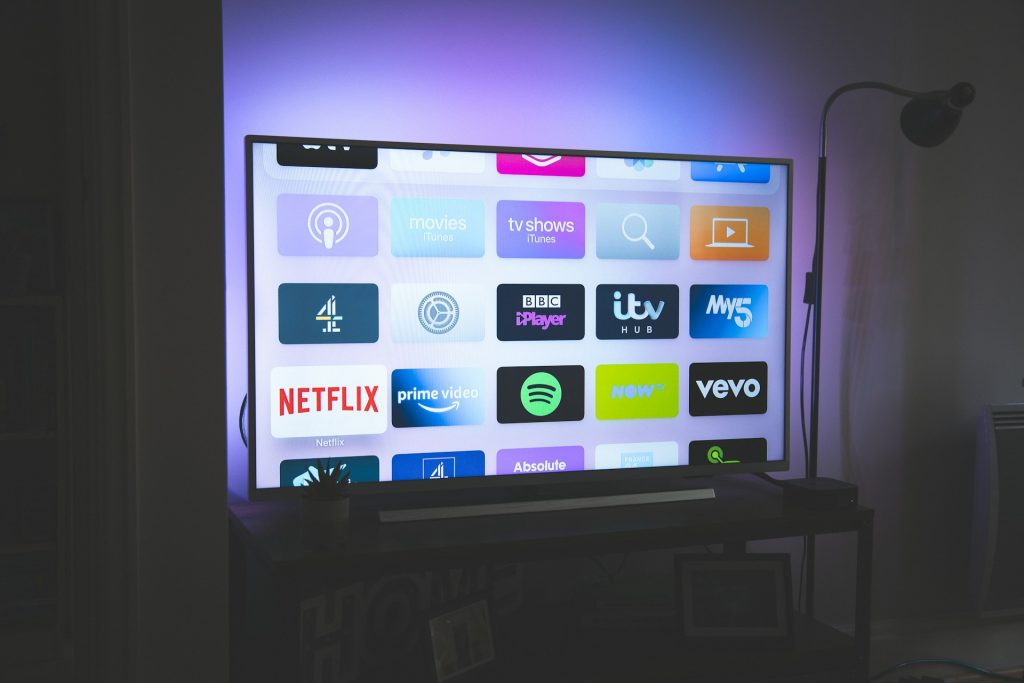How UK TV Channels Are Adapting to Short-Form and Mobile Viewing

UK television is shifting to match the habits of viewers who spend more time on mobile devices and prefer short, digestible content. Traditional scheduling no longer controls audiences the way it once did, and channels are testing new formats to keep viewers engaged. From clips to micro-series, the focus is on fitting TV content into pockets of daily life without losing the essence of each show. Networks are exploring ways to measure mobile engagement using viewing patterns and online interactions to guide decisions about which formats to develop further, while ensuring accessibility across a range of devices and platforms.
Short-Form Clips Gain Prominence
Clips from longer programmes are appearing online more frequently, offering viewers quick highlights without committing to full episodes. Channels now share segments of dramas, comedies, and reality shows on social media platforms to reach audiences who rarely tune in at fixed times. This approach also helps promote upcoming episodes by teasing plots and characters in small bursts. Channels track which clips generate the most engagement and refine their content strategies accordingly, learning what works best for mobile viewers and which formats create longer-term interest in the main programmes.
Content on mobile platforms often mirrors trends seen in iGaming platforms such as non gamstop casinos, which show how small design details can influence repeated use. Features such as instant accessibility, simple interfaces, and easy navigation between items are now being applied by television networks to keep viewers scrolling through clips, trailers, or short series without friction. Push notifications and short-format alerts encourage repeated visits, creating ongoing engagement with minimal effort from the audience. Social sharing of clips extends reach further, attracting audiences who may never have tuned into the full programme otherwise. This approach also builds awareness of new programmes quickly across multiple demographics.
On-Demand Short Series
Several UK channels are producing short-form series with episodes under ten minutes. These series are designed for quick viewing while commuting or during short breaks. Some are spin-offs from existing shows, giving fans extra content without requiring lengthy commitments. The shorter format encourages experimentation and can attract audiences who prefer rapid storytelling. Channels often integrate feedback tools, allowing viewers to rate episodes or comment directly, providing additional insight into what content works for mobile audiences and which storylines hold the most attention.
Short series often focus on niche storylines or experimental formats that may not suit traditional hour-long episodes. Channels monitor viewing patterns and social feedback to determine which concepts work best. Releasing episodes in small batches keeps viewers returning regularly and helps networks assess popularity before investing in longer formats. Accessibility across mobile devices ensures that the series reaches a broad audience with minimal barriers. Collaboration between production teams and digital platforms is increasingly common, ensuring episodes function seamlessly across multiple devices and attract viewers who prefer concise viewing sessions.
Interactive Features for Mobile Viewers
Channels are introducing interactive features that work specifically on smartphones and tablets. Polls, quizzes, and choices within programmes invite viewers to engage beyond passive watching. Certain game shows now allow audiences to vote or predict outcomes through mobile apps, providing a sense of participation even when watching remotely. This two-way interaction encourages repeat visits, with viewers returning not just for content but also to influence the experience in real-time. Channels are testing multiple interactive approaches simultaneously to see which generate the most engagement, while also experimenting with small visual effects and gamified prompts to make mobile interactions more compelling.
Interactive features extend to promotional content where viewers can choose scenes, explore behind-the-scenes clips, or follow characters’ social accounts. Some programmes integrate mini-games or challenges connected to episodes, giving audiences new ways to interact with storylines. By testing different formats, channels can gauge what resonates with mobile users and adjust content quickly, keeping engagement levels high across devices. Data collected from these interactions helps networks refine future programmes for maximum mobile appeal, while also giving advertisers insights into where engagement is strongest for mobile viewers.
Cross-Platform Micro-Content
Channels are repackaging existing content into micro-formats that fit multiple platforms. Clips, GIFs, and short segments appear on social media, news sites, and streaming portals. This approach allows content to reach users who might not visit the channel’s main app or website regularly. By delivering content in bite-sized portions, networks maintain visibility in crowded digital spaces. Careful attention is given to format, captioning, and timing to ensure micro-content performs well across different platforms, keeping content fresh and shareable while giving new audiences a simple entry point into shows they might otherwise miss entirely.
Micro-content also includes highlights of interviews, behind-the-scenes footage, or episode recaps that work well for audiences with limited time. Sharing across multiple platforms increases exposure and attracts viewers who might otherwise overlook the main programme. Channels carefully consider the optimal length, format, and style for each platform, tailoring presentation to maximise interest while keeping production costs manageable. Metrics are used to track which micro-content converts viewers to watch full episodes, guiding future distribution strategy and helping networks refine approaches for maximum digital reach.
Mobile-Friendly Scheduling
UK channels are adjusting traditional schedules to suit mobile audiences. Prime-time blocks now consider the times viewers are most likely to check phones, releasing clips and highlights accordingly. Some channels offer instant updates during live broadcasts, including score summaries, scene previews, or alert notifications for key moments. Notifications often include short reminders about upcoming shows, keeping mobile audiences informed without interrupting the broadcast. Schedules are designed to balance on-demand releases with live broadcasts, creating a continuous connection between traditional viewing and mobile consumption.
Scheduling changes also focus on maximising engagement for viewers who prefer on-demand access. Networks may stagger content releases or provide early digital previews to complement broadcast slots. Push notifications, app alerts, and curated playlists keep viewers returning and ensure they do not miss important events. Mobile-friendly scheduling makes content more accessible and ensures it reaches a broader audience consistently. Insights from engagement metrics allow networks to refine release times and content presentation for even greater mobile uptake, ensuring viewers are engaged across multiple devices.

